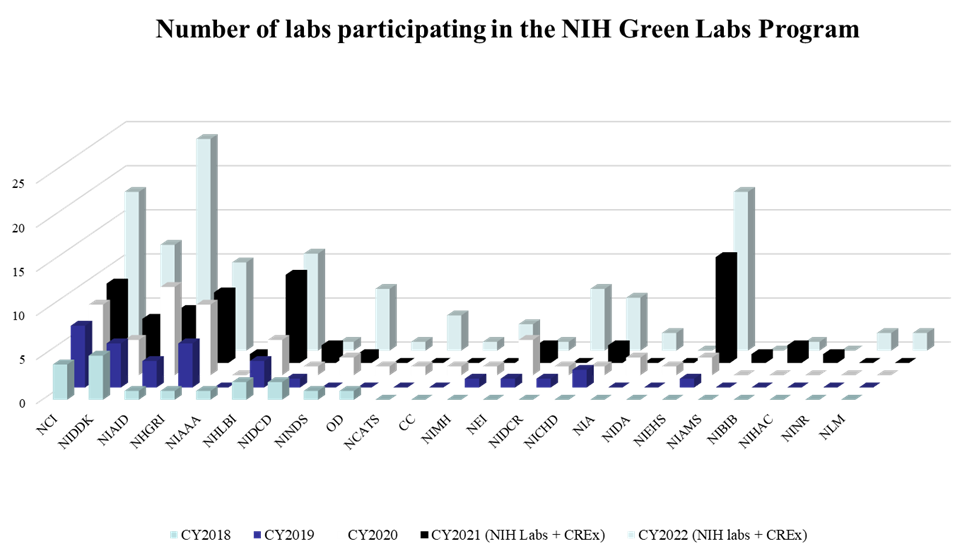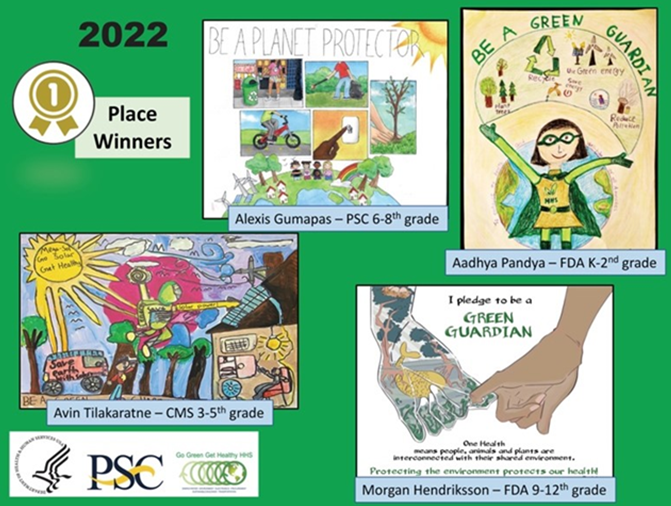
SUBSCRIBE PREVIOUS ISSUES
Spotlight
How Is Climate Change Affecting Winter?
We are in the middle of the cold winter season all across the United States. Depending on where you live and work, you may be dealing with below-freezing temperatures, snow, rain, wind, ice and more. These winter weather conditions have likely already changed over the past few decades due to global warming and they will likely change even more in the future due to further warming. While global warming implies a warmer overall winter, our current and future winters are likely to be different from simply warmer versions of past winters. Here are some of the changes to expect:
- Warmer winters, but cold weather will persist – the average winter temperature across the U.S. has increased by nearly 3°F over the last century.1 In fact,
 winter temperatures have increased more than any other season.1 However, temperature varies greatly based on the current weather, so cold temperatures should still be expected (although slightly less frequently).
winter temperatures have increased more than any other season.1 However, temperature varies greatly based on the current weather, so cold temperatures should still be expected (although slightly less frequently).
- Periods of extreme cold are more likely – even with warmer average temperatures, periods of extremely cold temperatures are also expected to occur more frequently. Weakening in the jet stream is expected to allow Arctic cold air to travel further south and cause extremely cold temperatures compared to seasonal averages.2 Warming in the Arctic is hypothesized as a reason for the jet stream weakening, meaning the cold blasts from Arctic air could become more frequent as the Earth continues to warm.2
- Stronger storms of varying forms of precipitation – Snow is one of the defining features of winter for many parts of the country. Warmer average temperatures would imply less snowfall, with smaller timeframes where cold temperatures make snow possible. Regions like the Pacific Northwest and parts of the Midwest have seen less snowfall, as expected.3 However, other regions have seen an increase in snowfall, like around the Great Lakes.3 A warmer atmosphere holds more moisture, so stronger storms will occur more frequently.3 These strong storms will become more frequent year-round, leading to large snowfall events in some areas. Large rainfall events can also be expected in the winter due to increasing temperatures.
- Shorter winter seasons – Global warming will lead to a shorter winter season and a smaller portion of each year spent at below-freezing temperatures. This pattern will have far-reaching impacts on many ecological topics such as growing seasons for crops, migration patterns for wild animals and habitat suitability for native species. We can expect to see many changes in the plants and animals that live in our local ecosystems as species adjust to these shifting seasons.
Featured Article

| 2022 NIH Green Labs Program Recap
The 2022 NIH Green Labs Program concluded on November 30, 2022. This was the 5th year of the Green Labs Program (GLP), which began in 2018. A total of 132 applications were received from 20 ICOs for the 2022 GLP.
LEARN MORE
|
Take Action

| Have Your Kids Enter the 2023 HHS Earth Day Kids’ Poster Contest!
Do you have kids in your family that like to draw? Are they interested in learning about the environment or sharing what they know about the environment with others? If so, have them enter the 2023 HHS Earth Day Kids’ Poster Contest!
LEARN MORE
|
NEMS Training
Did you know? The Green Labs Program has been adapted to fit special lab situations, like the Collaborative Research Exchange (CREx). Green Labs Program variants for specific NIH campuses are possible in future years too! To learn more about sustainability at the NIH, please visit the NEMS Training webpage to view a short (20 minute) NIH environmental awareness training video.
The NIH Green Zone Newsletter is a publication intended to inform NIH staff about the Division of Environmental Protection and NIH Green Teams projects and initiatives. The text contained in this newsletter is not copyrighted and can be reprinted without permission. If you use portions of this newsletter in your own publication, we ask that you please credit the source. We welcome your comments and suggestions. Thank you.
|
|---|
| Division of Environmental Protection | Office of Research Facilities | Office of Management
National Institutes of Health | U.S. Department of Health and Human Services
|